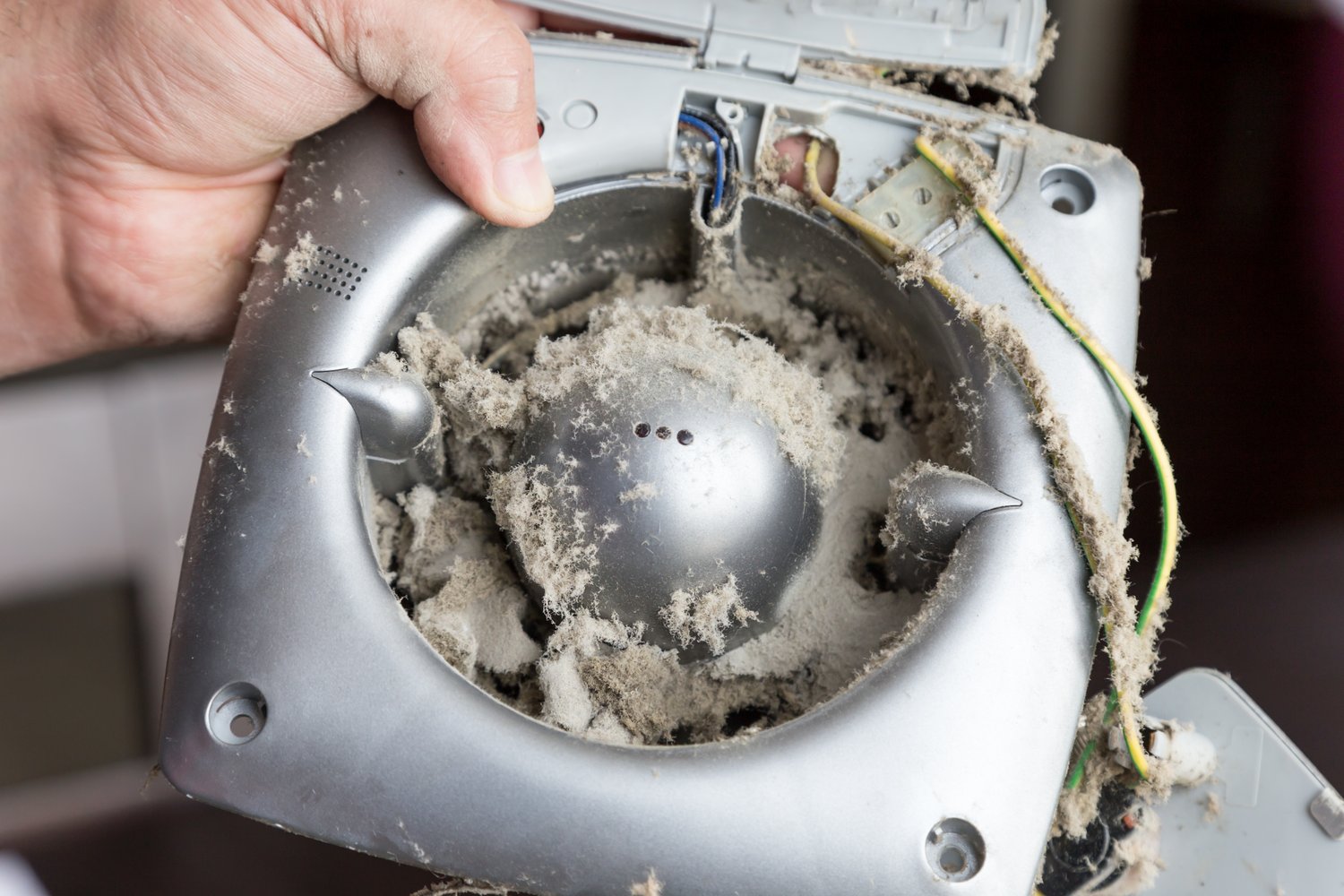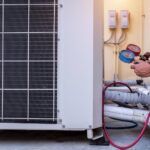Imagine running a marathon with a sock tied tightly around your ankle. That’s what your dryer experiences when its vent is clogged. Not only does this hinder performance, but it also significantly raises the risk of fire—a risk many homeowners overlook.
- Uncover the vital role a clean dryer vent plays in preventing potential fire hazards and enhancing efficiency.
- Identify key symptoms, such as extended drying times and overheating, that signal an urgent need for vent cleaning.
- Master essential steps and tools required to keep your dryer vent clean and safe for optimal appliance performance.
This guide is your go-to resource for understanding and implementing dryer vent maintenance—an essential yet often forgotten aspect of home safety and efficiency. Dive in to empower yourself with the knowledge to maintain a safer and more effective home environment.
Understanding the Importance of Dryer Vent Cleaning and Safety
Having a clear and functional dryer vent is crucial to maintaining both the efficiency of your dryer and the safety of your home. Dryer vent cleaning is not just about ensuring optimal performance but also about averting serious risks, including potential fire hazards. Blockages in the vent can cause heat and moisture to build up, creating a perfect environment for a fire.
In addition to the fire risk, clogged dryer vents can lead to higher energy bills. When the vent is obstructed, your dryer has to work much harder, consuming more electricity and reducing its lifespan. Regular cleaning and inspection help prevent these inefficiencies, saving you money in the long run.
By understanding the importance of dryer vent cleaning, homeowners can safeguard their homes and enhance their dryers’ performance. This maintenance should be part of your regular home safety checklist to ensure both safety and energy efficiency.
Signs Your Dryer Vent Needs Cleaning
It’s essential to recognize the tell-tale signs that indicate it’s time for dryer vent cleaning. One of the most common symptoms is your clothes taking longer than usual to dry. If your dryer needs more cycles to achieve the desired dryness, the vent may be clogged.
Another indicator is the dryer unit overheating. A hot outer surface or excessive heat in the laundry area suggests restricted airflow, a clear sign the vent needs attention. Additionally, if you notice a burning smell during use, it could signify lint buildup, which might lead to a fire risk.
Visible lint accumulation around the dryer vent opening, or if the outside vent flap fails to open properly, also points to potential blockages. By identifying these warning signs early, you can take swift action to clean the vent, preventing possible hazards and ensuring your dryer operates efficiently.
Steps to Ensure Dryer Vent Cleaning and Safety
Maintaining a clean dryer vent is crucial for ensuring both safety and the longevity of your appliance. Regular cleaning can prevent potential hazards such as dryer fires and improve the efficiency of your dryer. Here’s how to effectively clean and inspect your dryer vent, while choosing the right tools and techniques.
First, always start by unplugging your dryer. Safety is paramount, and cutting off the power supply prevents any accidental startups. Once unplugged, move the dryer away from the wall carefully, ensuring you have ample space to work with.
Next, detach the dryer duct from both the wall and the dryer itself. For this, a screwdriver might be necessary if there are retaining clamps. Once detached, inspect the duct for any visible blockages. Use a dryer vent cleaning kit, often comprised of a brush and long flexible rods, to clear out any lint buildup. This is a key step to prevent lint fires, which can be a serious threat to home safety.
After cleaning the duct, check the vent hood outside your home. This is often an overlooked step but is essential to ensure there is no debris or nests blocking the vent exit. Keeping this area clear is vital for effective air flow.
For routine checks, consider using a vacuum cleaner to suck out loose debris that could have accumulated around the lint trap area inside the dryer. This maintains the dryer’s peak performance by improving airflow efficiency.
Finally, settle into a regular cleaning schedule, ideally every few months, depending on dryer usage. This preventative maintenance will not only save energy but also extend the life of your appliance.
Choose robust and effective tools, like a dryer vent brush and a vacuum with strong suction, to adequately perform these tasks. With these simple yet effective measures, you can ensure your dryer operates safely and efficiently, keeping your home secure from unnecessary risks.
Frequently Asked Questions
Why is cleaning my dryer vent important?
Regular cleaning prevents fire hazards and improves dryer efficiency by reducing lint buildup.
How often should I clean my dryer vent?
It’s recommended to clean the dryer vent at least once a year, or more frequently if you notice signs of blockage.
What are the risks of not cleaning the dryer vent?
Ignoring vent cleaning can lead to increased fire risk, longer drying times, and higher energy bills.
How can I tell if my dryer vent needs cleaning?
Signs include longer drying times, unusual smells, hot dryer exteriors, or increased lint accumulation around the vent.
Can I clean the dryer vent myself?
Yes, with the right tools such as a vent brush and vacuum, you can effectively clean the vent yourself.
Should I consider professional cleaning services for my dryer vent?
If you are experiencing severe blockage or have a complex vent system, professional services may be beneficial.





